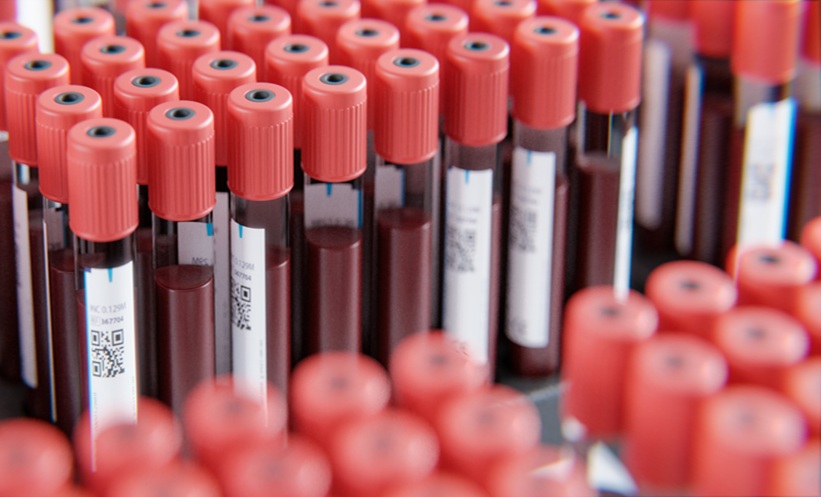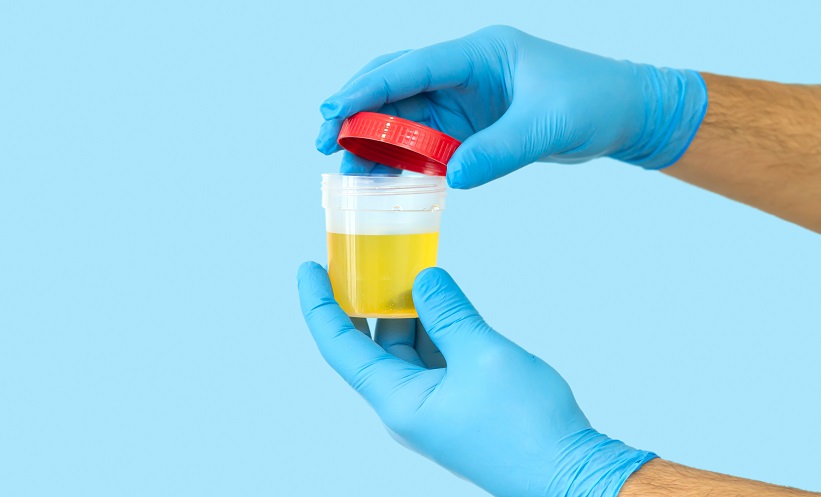Prokar Dasgupta | Foundation Professor of Surgery, King’s Health Partners, King’s College London; Honorary Consultant Urologist, Guy’s and St Thomas’ Hospitals NHS Foundation Trust, London, UK
Your career as a clinician and scientist started when you began studying the immunology of leishmaniasis. How did you transition from researching the immunology of a parasitic disease to the field of urology?
The immunology of leishmaniasis was closely related to the effect of splenectomy to save the lives of patients who were drug resistant. So, it was not difficult to make the transition from surgical science to the sub-specialty of urology. Around this time one of my role models brought a Dornier lithotripter to Kolkata, India, to break kidney stones; this was a game changer as it avoided open kidney stone surgery in most patients, including some members of my own family. It became clear that urology was a fascinating surgical specialty and I was inspired to take it up.
What do you consider to be the greatest achievements in your career to date?
The study of C-fibres in the overactive human bladder as a Medical Research Council research fellow and describing the injections of botulinum toxin (Botox) to target these nerves under local anaesthetic.
The introduction of modern robotics, which has transformed the way we practice surgery, particularly with regard to prostate cancer.
The establishment of the Prostate Cancer Research Centre at King’s College London, and developing a modified cytotopic agent for localised immunotherapy for which we have recently received a patent.
Leading the first randomised trial of simulation across 15 nations to show that it makes a difference to patient outcomes and creates better surgeons.
Editing the a British Journal of Urology International for 8 years, doubling its impact factor, and achieving a high Altmetric score. I led an international editorial team that revolutionised web-based publishing and the responsible use of social media. We brought innovative design, artificial intelligence, and a new open access platform to the family of journals.
Finally, helping the careers of young researchers and students, many to their own chairs.
In 2020 you were appointed as the Foundation Professor of Surgery for King’s Health Partners. Could you please explain what this position entails and summarise your vision for the partnership?
This is a big honour for me as we have not had a Professor of Surgery for many years after the retirement of the last Chair. We have a massive opportunity of bringing surgeons across King’s Health Partners together irrespective of their specialty and showcasing the fantastic work that they do along with their scientists and educationalists. My vision is to facilitate outstanding surgical science collaborations, support hybrid surgical and implementation trials, improve education for the next generation of surgical trainees, and inspire students wishing to embark on exciting surgical careers.
Could you provide an overview of the so-called ‘Dasgupta technique’ for delivering Botox to refractory overactive bladders?
This was developed nearly 20 years ago in collaboration with Proffesor Clare Fowler at Queen Square. An overactive bladder affects 8 million people in the UK alone. We conducted the first clinical trials involving a new surgical technique for micro-injecting botulinum toxin-A directly into the bladder with a flexible cystoscope to suppress C fibres and improve bladder control. Compared to other treatments for overactive bladder, botulinum toxin-A directly therapy is more cost-effective and less invasive. The beneficial effect to the patient is maintained for over 20 years. It has been recommended in the National Institute for Health and Care Excellence (NICE) guidelines and international clinical guidelines. Through the guidelines and our teaching and mentorship programmes, this has improved the quality of life of millions of people around the world.
What is the current status of simulation training in urology and are there any advancements on the horizon that you think are particularly noteworthy?
Simulation has become an established part of the surgical curriculum, not just technical skills but also non-technical skills training. Urology was the first specialty where it was introduced into the curriculum by our Specialist Training Committee. I think the role of cognitive training will become more important, particularly as functional MRI shows that there are signalling pathways in the brain that can improve performance. This is routinely used by athletes, so why not by surgeons?
What impact has the COVID-19 pandemic had on urological practice globally and what recommendations have been proposed to overcome these challenges?
At the height of the pandemic, our surgical output dropped by around 80%. Thankfully, many of the patients with prostate cancer could be managed with hormonal treatment without affecting their final outcomes. Very few of our patients came to see us face-to-face, so we had to rapidly learn the art of teleconsultation. It affected our trainees and students and we tried to reduce that effect by simulation, webinars, and remote learning with augmented reality. We also published guidelines on safe robotic surgery from the European Association of Urology (EAU) Robotic Urology Section (ERUS) and our own outcomes on over 600 patients during the first wave with a mortality rate of 0.2%.
Could you highlight the key research findings and wider relevance of your recently published review article, “Urinary Biomarkers to Mitigate Diagnostic Delay in Bladder Cancer During the COVID-19 Era”?
This work was led by my colleague Nikhil Vasdev from the University of Hertfordshire, Lister Hospital, East and North Hertfordshire NHS Trust, Stevenage, UK with whom I also delivered a number of webinars during the Black Lives Matter movement. The article described a number of exciting biomarkers, especially the role of URO17, a highly sensitive and specific marker for bladder cancer, both new and recurrent. Additionally, URO17 can be used to test patients presenting with haematuria, thereby enabling its integration into clinical practice.
Could you outline the benefits of robotic urological surgery? How do you see the field changing over the coming years?
The benefits of minimal invasion such as less blood loss, less pain, and shorter hospital stays are obvious and attractive to patients. There are three important new developments in robotics: reducing cost with newer robotic systems coming into the market, better connectivity with 5G/6G, and the use of artificial intelligence.
As a researcher, where can we expect to see your focus lie in the coming years?
We have integrated King’s Health Partners Academic Surgery with Surgical and Interventional Engineering at St Thomas’ Hospital, led by my colleague, Sebastien Ourselin, and I, along with our highly productive team of engineers and scientists. My main focus will be on surgical data science to make a real difference to patient outcomes and the training of the next generation of surgeons.








